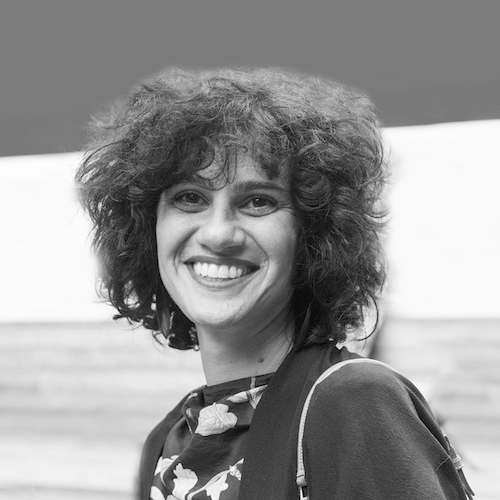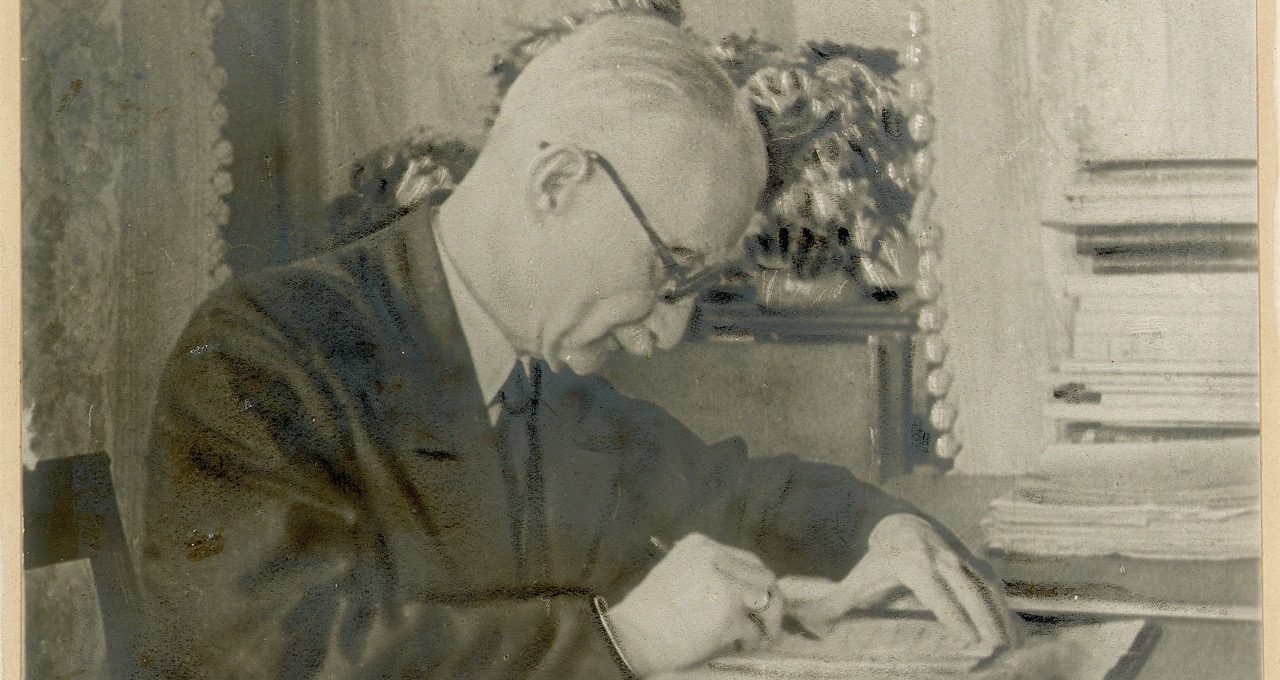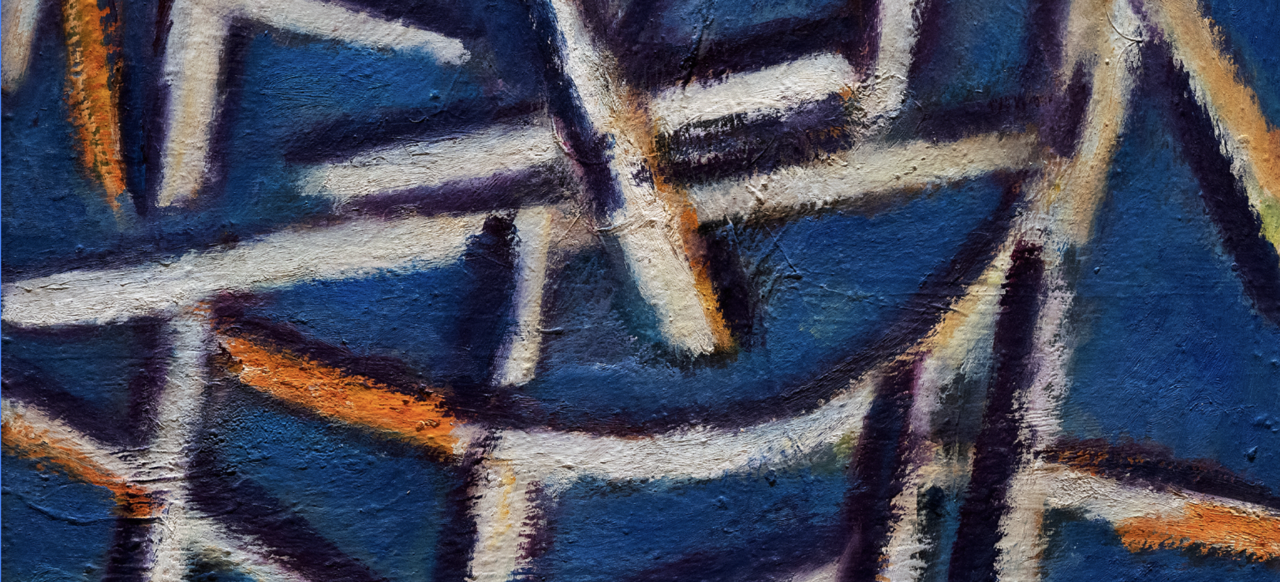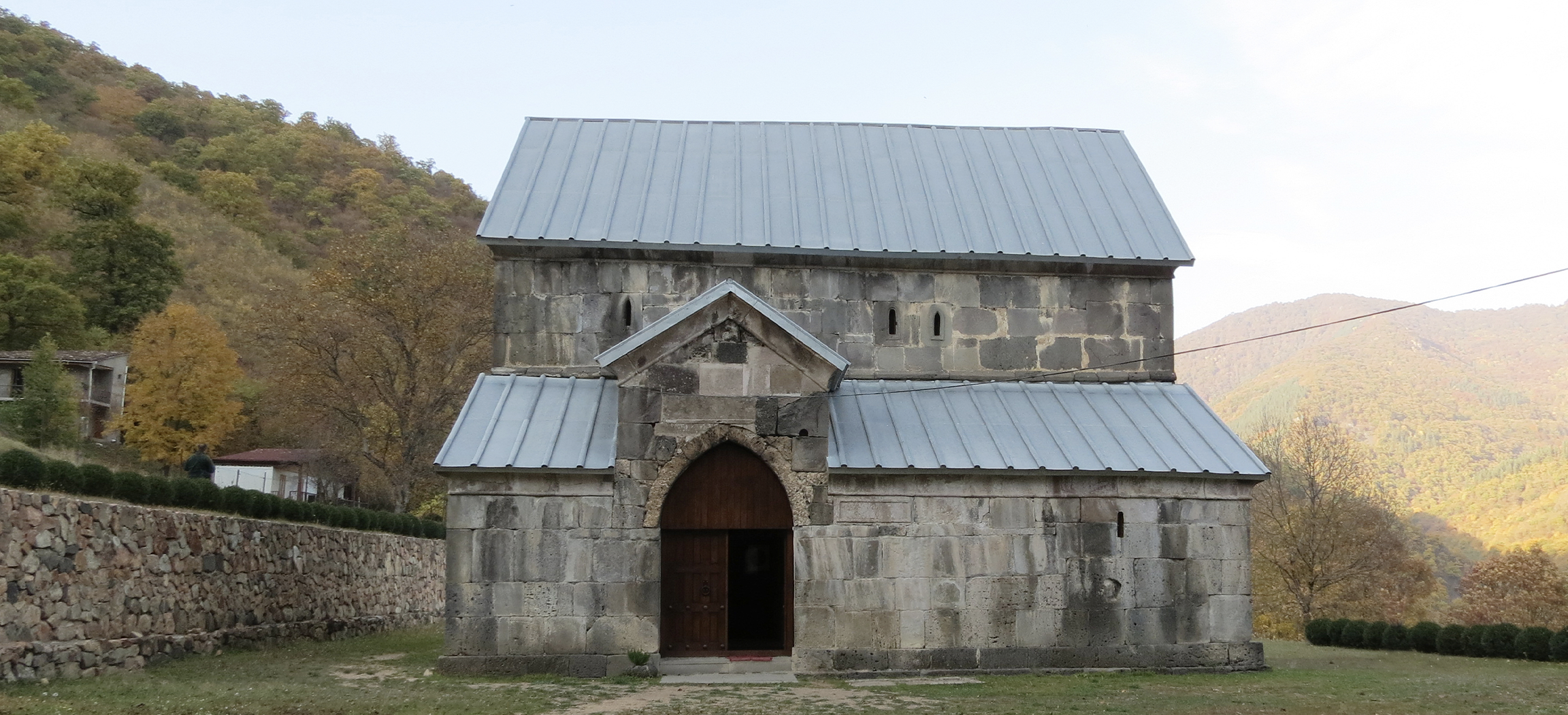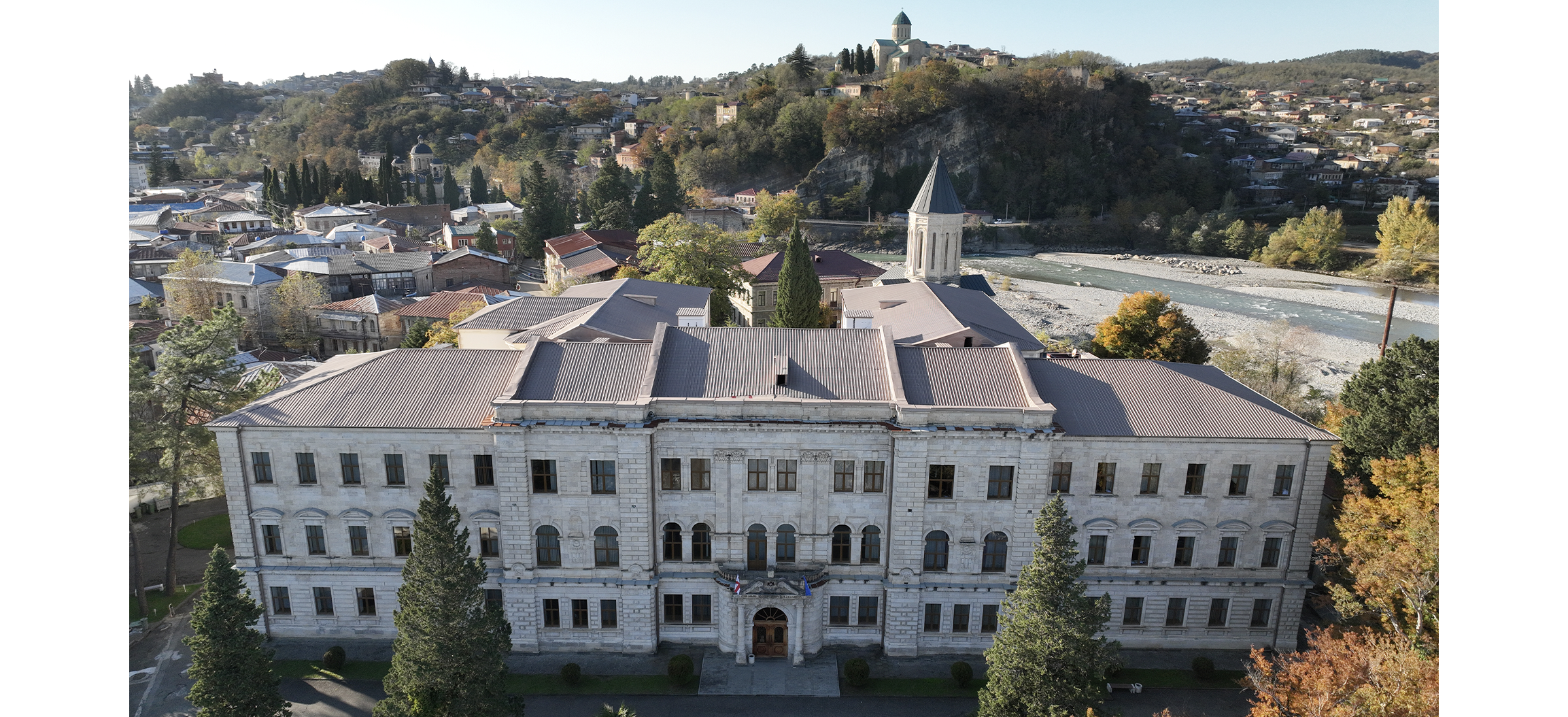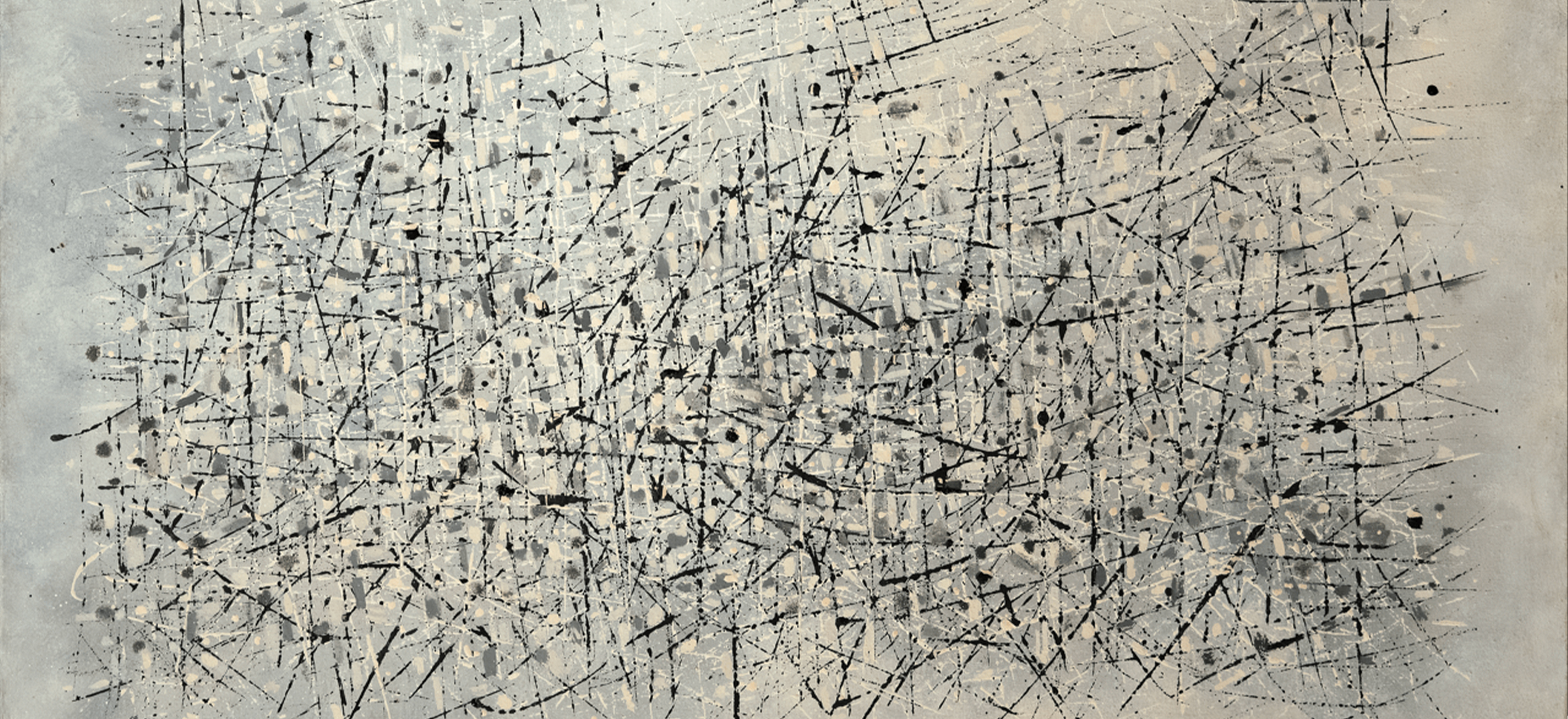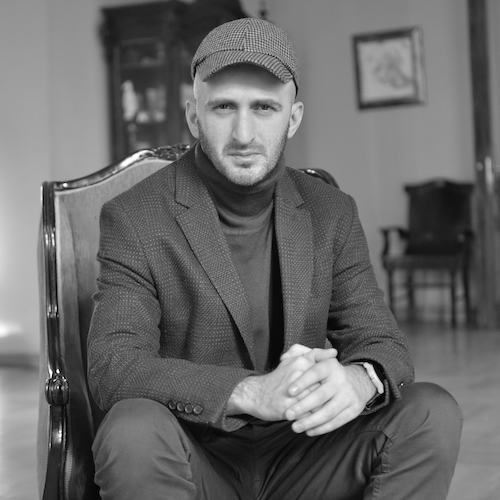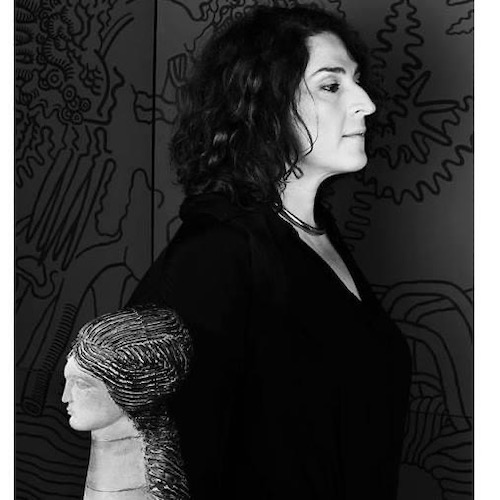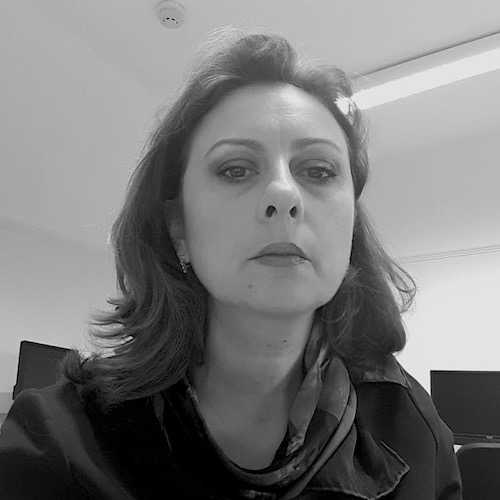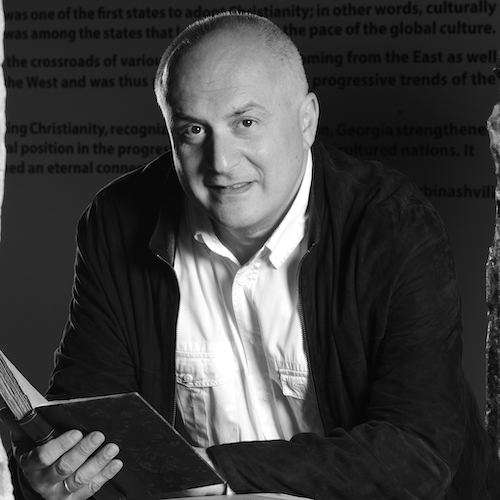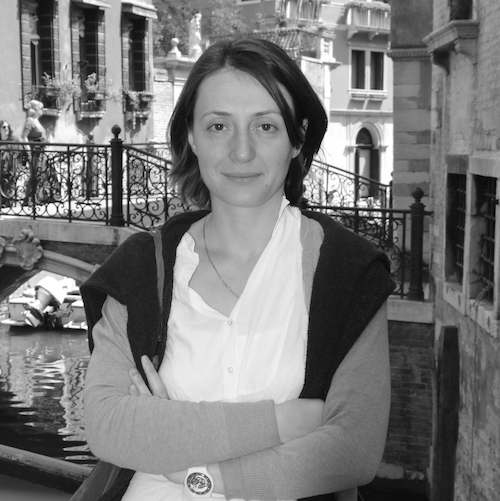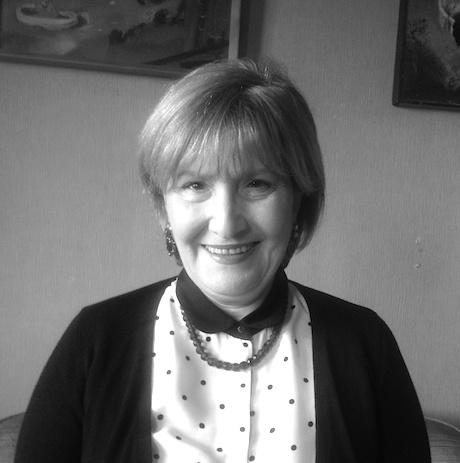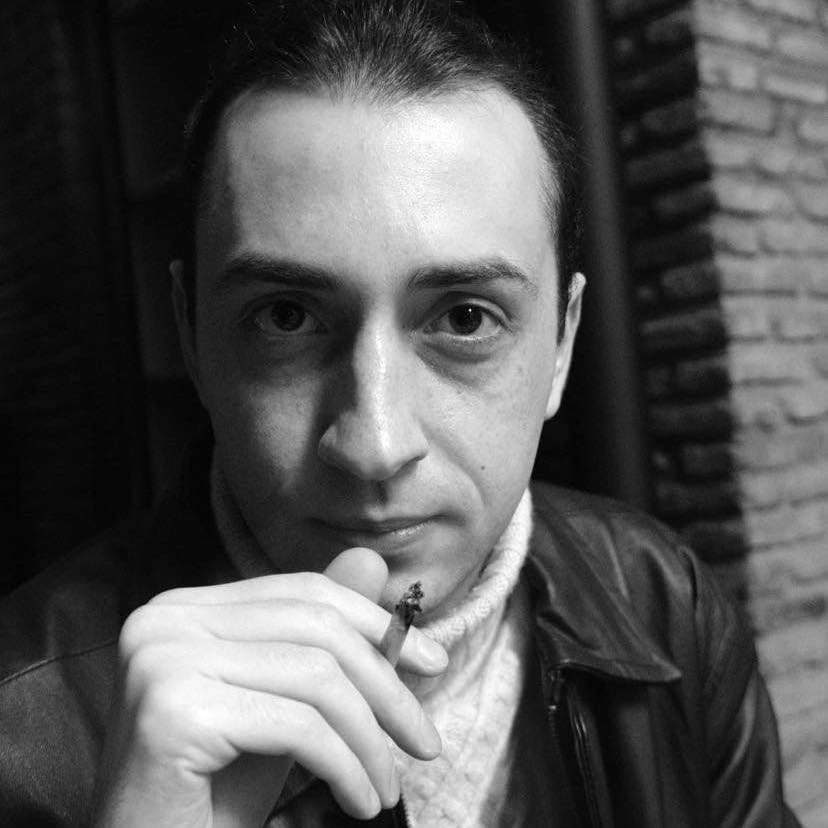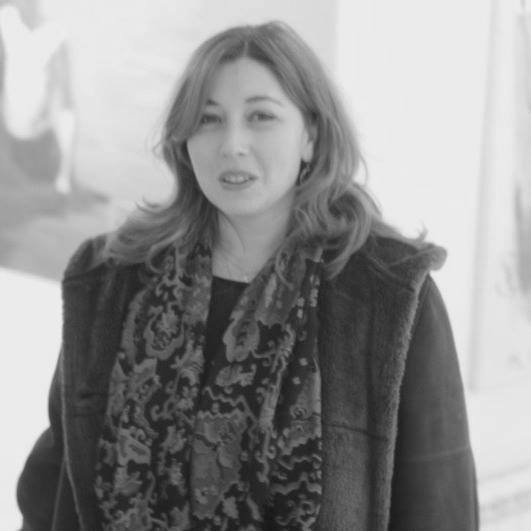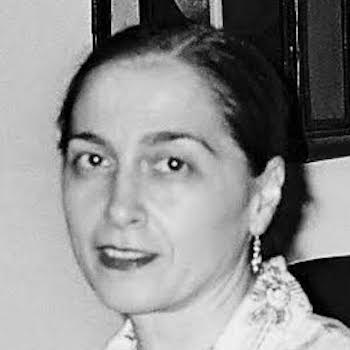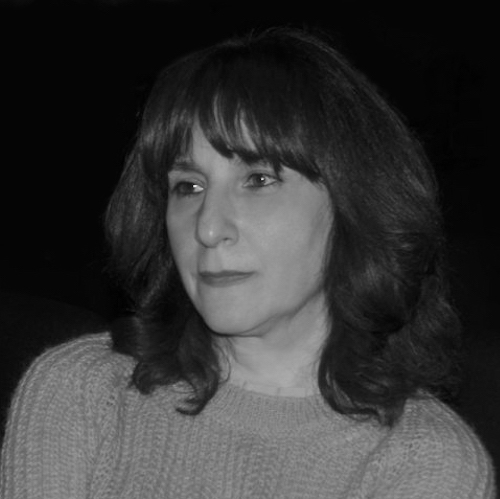Nini Palavandishvili (ნინი ფალავანდიშვილი) is a freelance curator, researcher, and writer. The focus of her research lies on Mid-century modernist architecture, monumental and decorative art, their role in a time of creation, and current interpretations. In collaboration with the Georgian National Committee of the Blue Shield, Nini has worked on the Conservation and adaptation plan for the Tbilisi Chess Palace and Alpine Club building (supported by the Getty Foundation in 2018- 2020). She writes for international publications, is an author and editor of several books, and curator of interdisciplinary projects.
Her recent publications include:
Building Socialist Georgia (Ed. N. Palavandishvili and I. Kurtishvili), Goethe Institut Georgia, 2022
Mosaics of Soviet Period in Georgia (Ed. N. Palavandishvili), Tbilisi: Sulakauri Publishing, 2019
Tbilisi-It’s Complicated (Ed. N. Palavandishvili, D. Chigholashvili, M. Splint), Eindhoven: Onomatopee, 2019
Art for Architecture – Georgia. Soviet Modernist Mosaics from 1960 to 1990 (Ed. N. Palavandishvili, L. Prents), Berlin: Dom Publishers, 2018
Tbilisi Chess Palace and Alpine Club, in Between Caucasus and the Black Sea. Architecture in Georgia (Ed. Adolph Stiller), Vienna: Mury Salzmann, 2018
Ministry of Automobile Roads, in SOS BRUTALISM. A Global Survey (Ed. O. Elser, P. Kurz, P. Schmal), Zurich: Park Books, 2017

